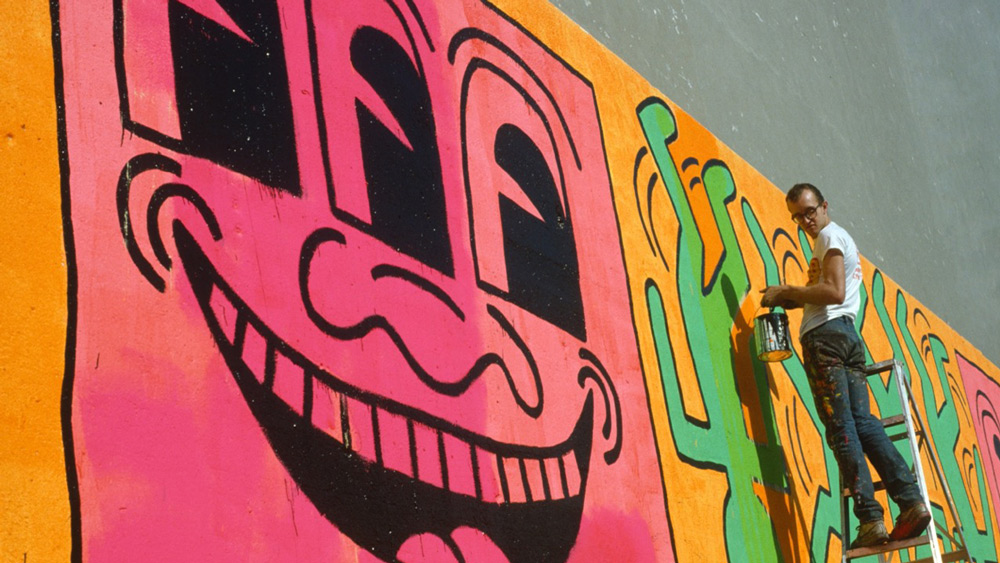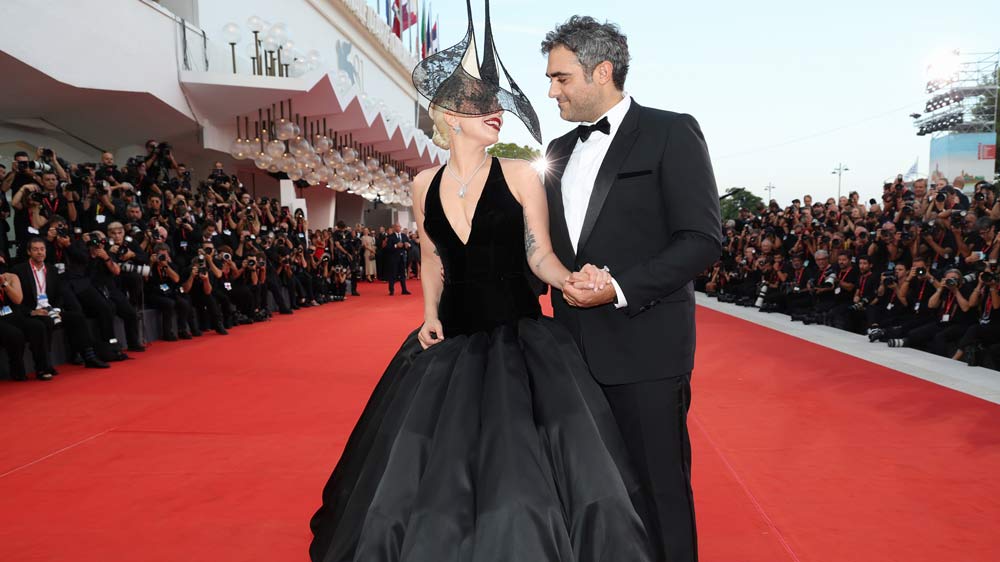
Aug 29
MOPOP Announces Upcoming Special Exhibition 'Keith Haring: A Radiant Legacy'
READ TIME: 3 MIN. SPONSORED
MOPOP is honored to announce our upcoming special exhibition, "Keith Haring: A Radiant Legacy." This limited-run exhibition will offer visitors an immersive celebration of the iconic artist and activist through 240+ Keith Haring objects and artworks; curated selections from Haring's personal 1980s art collection; an examination of Haring's friendships and collaborations with Andy Warhol, Jean-Michel Basquiat, Madonna, Grace Jones, and more; and a community youth partnership led by MOPOP's Youth Advisory Board.
Keith Haring (1958-1990) was arguably the most accomplished and prominent American artist of the 1980s. His brief ten-year career rewrote the rulebook for contemporary art, integrating the seemingly separate arenas of New York City's downtown counterculture and uptown art aristocracy through his instantly recognizable style. Equally effective across mediums – including paintings, prints, posters, drawings, sculptures and street art – Haring's bold lines, pictographic symbols, and vibrant colors brought a vibrant joy and immediacy to every piece he made.
Born to a middle-class family of six in the tiny borough of Kutztown, Pennsylvania in 1958, Haring was known growing up as a boy who "never stopped drawing." In 1978 he moved to New York City to study painting at the School of Visual Arts, where he befriended Kenny Scharf and Jean-Michel Basquiat. Together, the three artists became immersed in the underground art scene, their large-scale paintings taking inspiration from the graffiti, music, dance, and counterculture that surrounded them downtown.
Haring left SVA and began making street art in the summer of 1980. His satirical posters and enigmatic subway drawings gained rapid notoriety among the public, the police, and the art establishment, and by 1982, Haring was exhibiting his artwork in popular galleries, amassing buyers and critical acclaim. Taking advantage of his new-found influence, Haring spent much of the mid-1980s making public art, including commemorative murals, charitable commissions, and humanitarian poster campaigns. He was a firm believer in "art for all" and developed celebrity collaborations (Madonna, Grace Jones), advertising campaigns (Adidas, Absolut), and even his own storefront (the Pop Shop) in an effort to share his work with people from all walks of life.
A lifelong activist, Haring transcended commodification by proudly and loudly emphasizing his fervent democratic beliefs in his work. Haring considered himself a devout humanist, someone committed to supporting the welfare – whether physical, political, or economic – of all people. For him, the equation was simple: "If you appreciate life and humans, you should be against anything that's going against life and against people."
His advocacy extended to a broad variety of causes. In 1982, he designed and printed 20,000 posters to advocate for denuclearization. He organized exhibitions and events to support African famine relief and created the popular Free South Africa poster to combat apartheid. 1986 saw him protesting political oppression by painting a series of intertwined figures along a nearly 1,000-foot section of the Berlin Wall. That same year, recognizing a friend's struggle with drug addiction, he created the now-famous mural Crack is Wack on a handball court on Harlem River Drive. Widely admired by the public and featured by the media, the artwork has become a touchstone for the 1980s crack cocaine epidemic and is a designated New York City landmark. One prominent critic likened his work at the time to "contemporary history paintings" chronicling the plights of late twentieth-century society as they arose.
By the mid-1980s, as the specter of AIDS/HIV descended on New York, the artist became a champion of safe sex and a fierce advocate for governmental recognition and research. He was one of the first to join the activist group Act Up and designed numerous posters, t-shirts, and condom cases to promote awareness. In the months leading up to his death in 1990 from AIDS-related complications – at only 31 years old – the artist created The Keith Haring Foundation to continue his vital social justice work.
"Keith Haring: A Radiant Legacy" focuses on the indelible impact of Haring's exuberant life, which, through his incomparable body of work, continues to inspire people from all walks of life around the globe today.
"Keith Haring: A Radiant Legacy" will be open at MOPOP from October 12, 2024 through March 23, 2025.
Single Source Traveling Exhibition provided by PANART Connections.







